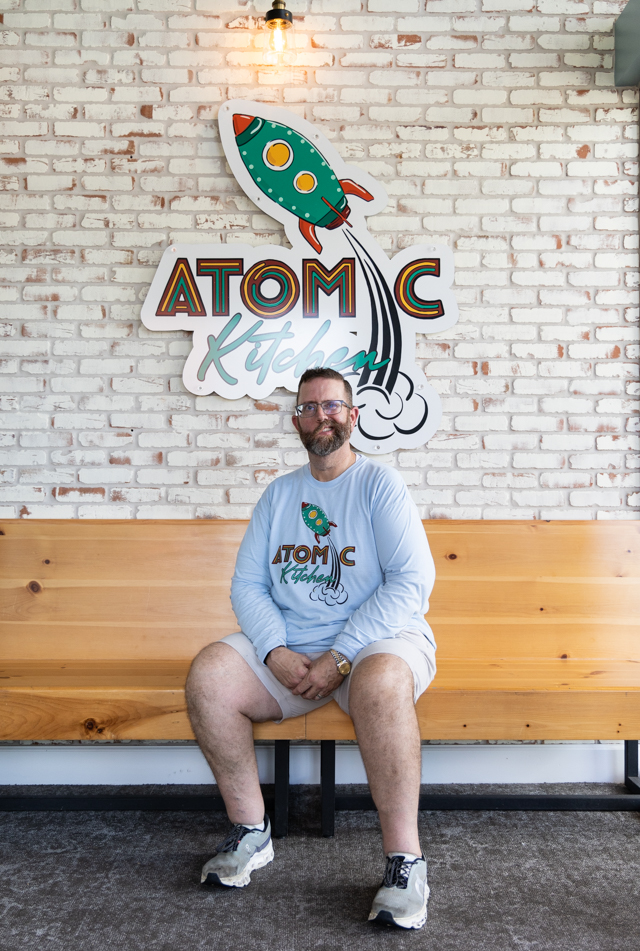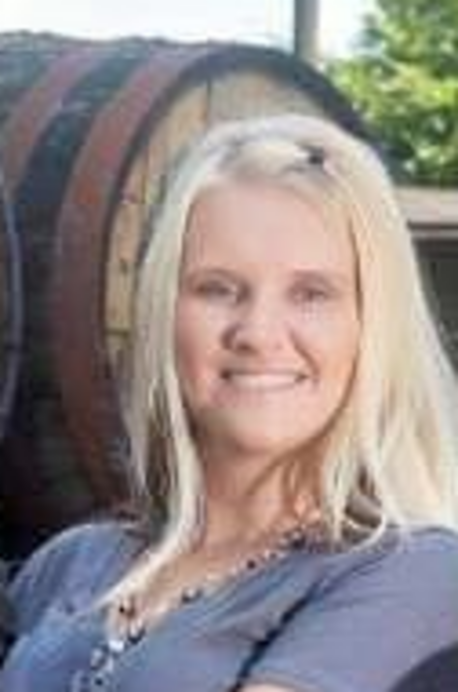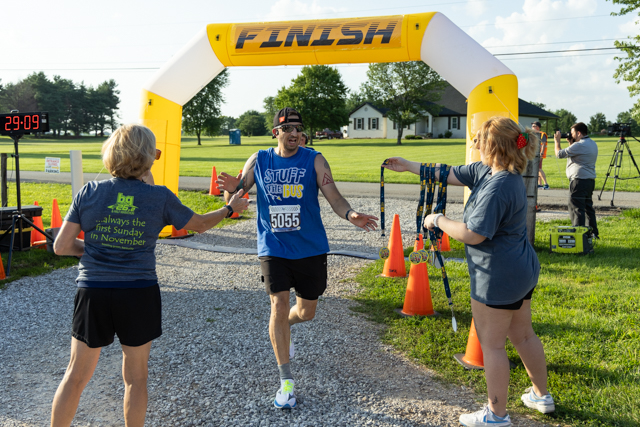‘Hogzilla’ gets local man on TV
Published 12:00 am Sunday, April 17, 2005
Sunday, April 17, 2005
Lester Doyle got his 15 minutes of fame. Of course, he had to share it with an 800-pound feral pig, but he wouldnt have had it any other way.
Doyle, a lifelong Bowling Green resident, was prominently featured in a National Geographic Explorer program documenting the study of the legendary Georgia wild pig, known worldwide as Hogzilla.
The pig, which was shot by hunting guide Chris Griffin in Alapaha, Ga., was estimated by Griffin to have weighed close to 1,000 pounds at its death. Pictures of the behemoth circulated around the Internet, creating a buzz around the hog that would grow to a mythical banter.
Discussions centered on whether a wild pig could grow that large, and thats where National Geographic stepped in.
Nancy Donnelly, a producer for the Explorer television show, said their interest in Hogzilla spawned from a desire to do a story on feral pigs.
Somebody on our crew found the photograph and thought that it was kind of an interesting story, she said. Weve been thinking about doing a film on the problem of feral pigs for a while.
She said that studying the urban legend of Hogzilla was a great way to investigate the issue of feral hogs around the world.
Donnelly began contacting experts from across the country, including Max Rothschild from Iowa State University. Rothschild pointed Donnelly to Kentucky, specifically Alan Mileham and the scientists at the Pig Improvement Co. in Franklin. Mileham assigned Doyle, who works for Pig Improvement Co., to head to Georgia.
Lester was the one who was interested in going down and digging up the hog, Donnelly said.
Doyle said he was sent down to confirm the size and breed of the pig, which up until that point were mysteries.
The reason we were sent out there, National Geographic was doing a story on feral pigs, he said. They were wanting to basically see if they could verify the size and what its breed was.
So Doyle hopped in the car and traveled to Georgia to exhume this king of the wild.
Once there, he donned a bright yellow biohazard suit and began the intricate and highly pungent task of digging Hogzillas corpse out of the ground.
The body and head were buried separately, and Doyle said there was quite a difference in the decomposition of the two.
The body was actually in good shape, it had basically mummified, he said. The head was actually really, really nasty. It stunk pretty good, too.
The head had been placed in a plastic bag before it was buried, creating what Doyle described as a stew of decomposing flesh.
Donnelly said the head was in extremely bad shape.
The head was of a different consistency than the body was, she said. The head was just goop. It was really bad. Lester got really pretty excited about that part.
It was pretty smelly, she added.
After all the body parts had been unearthed, Doyle and the other scientists began to reassemble the parts and take some official measurements.
We estimated his weight to be about 800 pounds, when we re-articulated the skeleton and everything, he said. We put (the head) on and took measurements. It came out to be less than eight feet long.
After the measurements were taken, DNA samples were collected for additional tests to determine what exactly created Hogzilla. Studies were done on the genes, and Doyle discovered he was a mix of domestic and wild pig.
Hes got the genes for both breeds in his lineage someplace, he said. Hes a pig who would have been one of the largest ones in the area.
One thing domestic pigs are bred for is fast growth, size and lean meat, he added. If they have crossed over into some of the feral population, in my opinion, youre going to have some larger pigs.
One of Doyles former teachers, Blaine Ferrell, dean of the Ogden College of Science and Engineering at Western Kentucky University, said Doyle was the right man for the job.
He really is a natural history buff, he just really likes wildlife, he said. He knew exactly what he was doing and was the perfect person to do it.
The men stay in touch, and on one of their birding trips together, Ferrell said, Doyle talked briefly about Hogzilla.
He just said it was one huge animal, even after it was buried and decayed to some extent, Farrell said.
Doyle said his two sons, Connor, 10, and Caleb, 8, were very excited about watching their dad dig up Hogzilla on national television.
They thought it was really cool, he said. My kids think Im the cats meow now. They brag on me and everything.
Connor said that before the show was aired, he would eavesdrop on his dads conversations to learn about Hogzilla.
I was sort of wondering what Hogzilla was, he said. I was trying to figure out all the information I could secretly because dad wouldnt tell me.
After showing the program in his class at school, Connor said that he became a popular kid at lunch.
They sat by me at lunch questioning me half the time, he said. Just for lunchtime, I became popular.
Caleb was also a fan of the show, saying that he loved it, repeating his favorite quote from the show This is no pig, this is a monster.
Doyle said that it was a thrill of a lifetime to be included and featured on a National Geographic program.
Ive been a National Geographic fan as long as I can remember, he said. Getting to be a part of the National Geographic experience was something really awesome.
Armed with a scrapbook full of photos and a DVD copy of the show, Doyle said he was pleased by the experience and would much rather have done that than appear on other types of television shows.
I couldnt have been happier going down to Georgia digging up a dead pig, he said.
The documentary will air next at 10 p.m. April 24 on the National Geographic Channel. Daily News ·813 College St. ·PO Box 90012 ·Bowling Green, KY ·42102 ·270-781-1700






